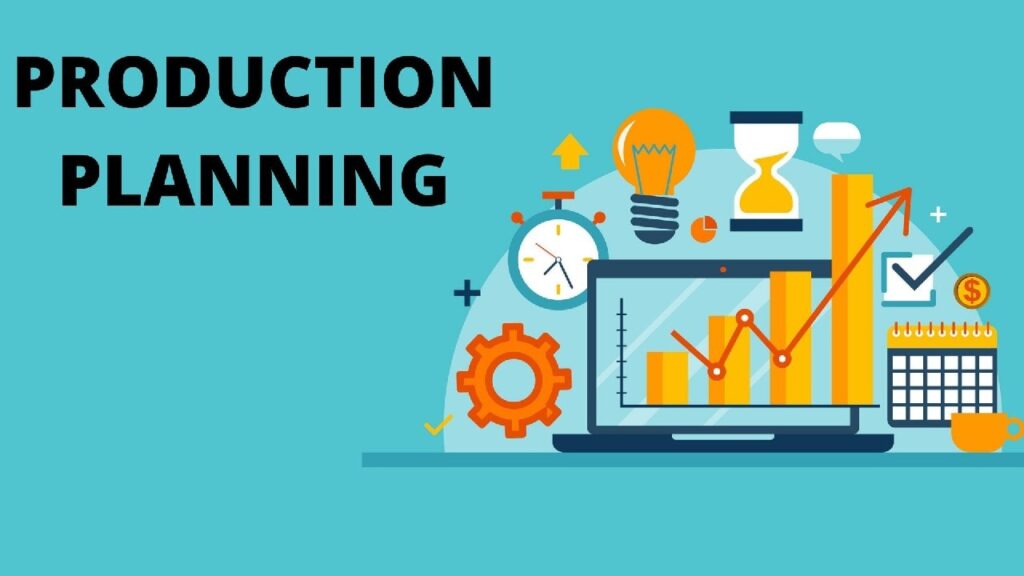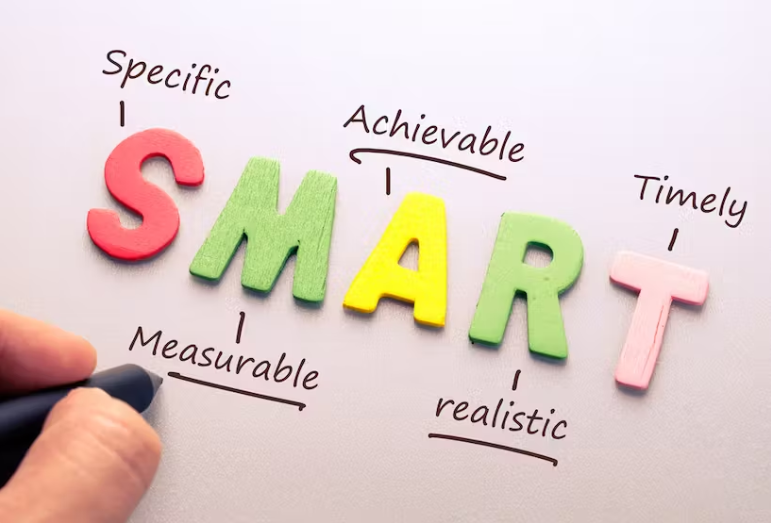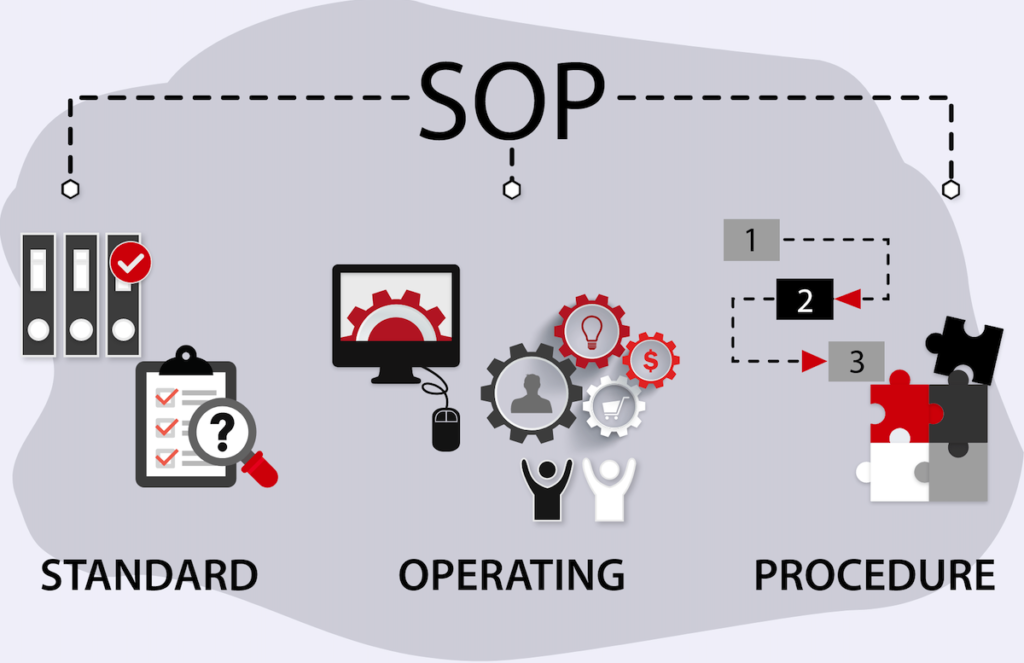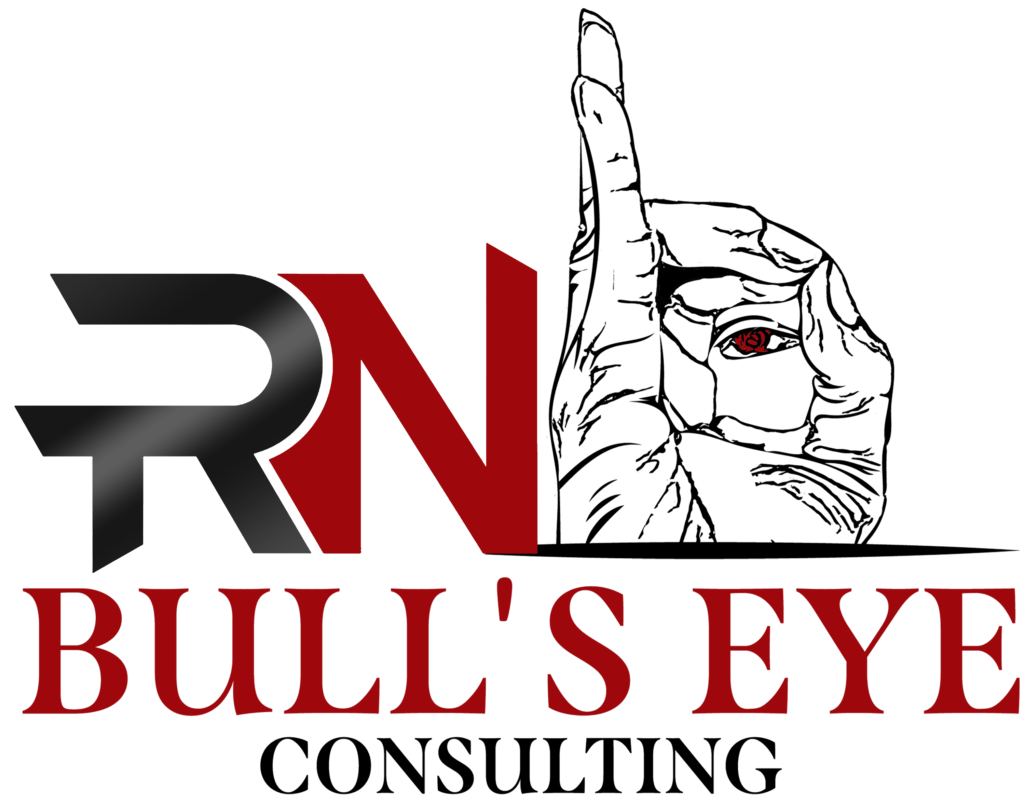OPERATIONS
OPERATIONAL PRODUCTION & DELIVERY
TRANSITION OF SALE
This process is a pivotal step in the seamless execution of a sale within a business. It involves the handover of a successfully closed sale from the sales function to the operations team, ensuring a smooth transition between the production and delivery phases. This process ensures that customer expectations are met and that the product or service is efficiently and effectively delivered while enhancing overall customer satisfaction


PRODUCTION PLANNING
Planning the production of a sale involves meticulous coordination of resources such as labor, materials, and specialized equipment. This process includes assessing labor time requirements, sourcing the necessary materials, and ensuring the availability of any specialized equipment, all while optimizing efficiency and cost-effectiveness to meet the demands of the sale and deliver a successful outcome to the customer.
PURCHASING LINKED TO ACCOUNTS PAYABLE
To ensure materials purchased are aligned with Accounts Payable tracking, a rigorous process is followed. This involves verifying that all invoices and purchase orders match the quantities and prices of the materials received. Additionally, diligent record-keeping and reconciliation are performed to maintain accurate financial records, promoting transparency, and efficient management of Accounts Payable.


MATERIAL/INVENTORY QUALITY & ACCURACY
The process of quality checking material orders upon arrival involves a thorough inspection to confirm the accuracy of the received items, including quantity and quality. Once verified, these materials are tracked internally, ensuring real-time visibility of stock levels and accuracy. Maintaining accountability of inventory is crucial, as it enables businesses to monitor usage, track trends, and optimize procurement practices for enhanced efficiency and cost control.
PRODUCTION SCHEDULING
Scheduling the various functions and processes within the production of converted sales is a meticulous task that involves careful planning and coordination. It entails creating a structured timeline that aligns all necessary activities, from procurement and production to delivery and quality control. This process aims to optimize resource utilization, minimize bottlenecks, and ensure the timely and efficient transformation of sales into tangible products or services, ultimately enhancing overall customer satisfaction and financial performance.


KEY PERFORMANCE INDICATORS
KPIs are essential in the production process as they serve as metrics to measure and evaluate the efficiency and effectiveness of various stages. These KPIs can include production cycle times, material waste, defect rates, inventory turnover, and delivery accuracy, among others. By tracking and analyzing KPIs, businesses can identify areas for improvement, make informed decisions, and continuously enhance their production processes to meet customer expectations and optimize financial performance.
PLANNED VS. ACTUAL ANALYSIS
Identifying the root causes of variances to planned performance is a systematic problem-solving process. It involves analyzing data and performance metrics to pinpoint deviations from the expected outcomes. By conducting a thorough investigation, often through techniques like root cause analysis or the “5 Whys,” businesses can uncover the underlying factors or issues that contributed to the variances, allowing them to implement targeted corrective actions and prevent future deviations from planned performance.


MEASURABLE WORK ASSIGNMENTS
Assigning Specific, Measurable, Achievable, Realistic, and Timely (SMART) work assignments to staff involves a systematic approach to task delegation. First, tasks are broken down into well-defined objectives with clear expectations. Next, these objectives are evaluated to ensure they are attainable and align with the staff members’ skills and capacities. A realistic timeline is established for task completion, and regular communication and feedback mechanisms are put in place to monitor progress, ensuring that staff can successfully meet their assignments while contributing to the overall goals of the organization.
PRODUCTION TRAINING & SOP'S
Creating and maintaining standard operating procedures (SOPs) and training guidelines is essential for sustaining efficiency in the production process of delivering converted sales. This process begins with the development of detailed SOPs that outline step-by-step instructions and best practices for each aspect of the production process. Simultaneously, training guidelines are established to ensure that employees are adequately trained to follow these SOPs, promoting consistency and quality assurance. Regular updates and ongoing training sessions are crucial to adapt to changing circumstances and continuously improve efficiency.


